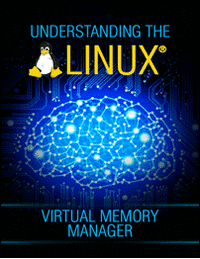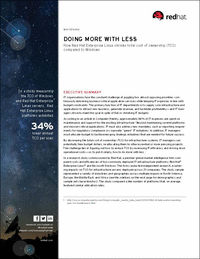You can use Temporary email to download these ebooks.
1: Understanding the Linux® Virtual Memory Manager
Finally, a comprehensive guide to the Linux VM! This book describes VM in unprecedented detail, presenting both theoretical foundations and a line-by-line source code commentary.
VM's behavior affects every Linux kernel subsystem and dramatically impacts overall performance. But until now, there was only one way to understand VM: study the poorly documented source one line at a time. Now there's an easier, faster alternative. It systematically covers everything from physical memory description to out-of-memory management. Coverage includes:
- Linux VM 2.4 architecture in depth-with diagrams and call graphs
- Physical memory description, page tables, address spaces, and memory allocation
- High memory, swapping, shared memory, and much more
- Expert guidance for analyzing the code of any open source project
- Linux kernel features in every chapter
- Well organized and superbly written, Understanding the Linux® Virtual Memory Manager will be indispensable to every kernel programmer and researcher.
By: Mel Gorman. Published by Prentice Hall. Part of the Bruce Perens' Open Source Series.
Offered Free by: informIT
Other Resources from: informIT
2: Doing More with Less: How Red Hat Enterprise Linux Shrinks Total Cost of Ownership (TCO) Compared to Windows
IT organizations face the constant challenge of juggling two almost opposing priorities: continuously delivering business-critical application services while keeping IT expenses in line with budget constraints.
The primary function of IT departments is to supply core infrastructure and applications to attract new business, generate revenue, and facilitate profitability—and IT managers strive to meet this goal in spite of flat or shrinking IT budgets.
According to an article in Computer Weekly, approximately 80% of IT expenses are spent on maintenance and support for the existing infrastructure. Beyond maintaining current platforms and mission-critical applications, IT must also address new mandates, such as reporting requirements for regulatory compliance or corporate “green” IT initiatives. In addition, IT managers must allocate budget to tackle emerging strategic initiatives that are needed for future success.
Offered Free by: Red Hat
Other Resources from: Red Hat
3: Linux Management with Red Hat Satellite Server: Measuring Business Impact and ROI
This ROI study conducted by IDC is based on data gathered from structured in-depth interviews with representatives from over 10 IT organizations around the world using Red Hat Satellite to manage Red Hat Enterprise Linux.
Based on this study, these organizations on average experiences a payback of less than 7 months on their initial investment, and yielded an average of 398% ROI over a 3-year period.
Offered Free by: Red Hat
Other Resources from: Red Hat
We just promote free stuff, for external sites read our privacy policy.


